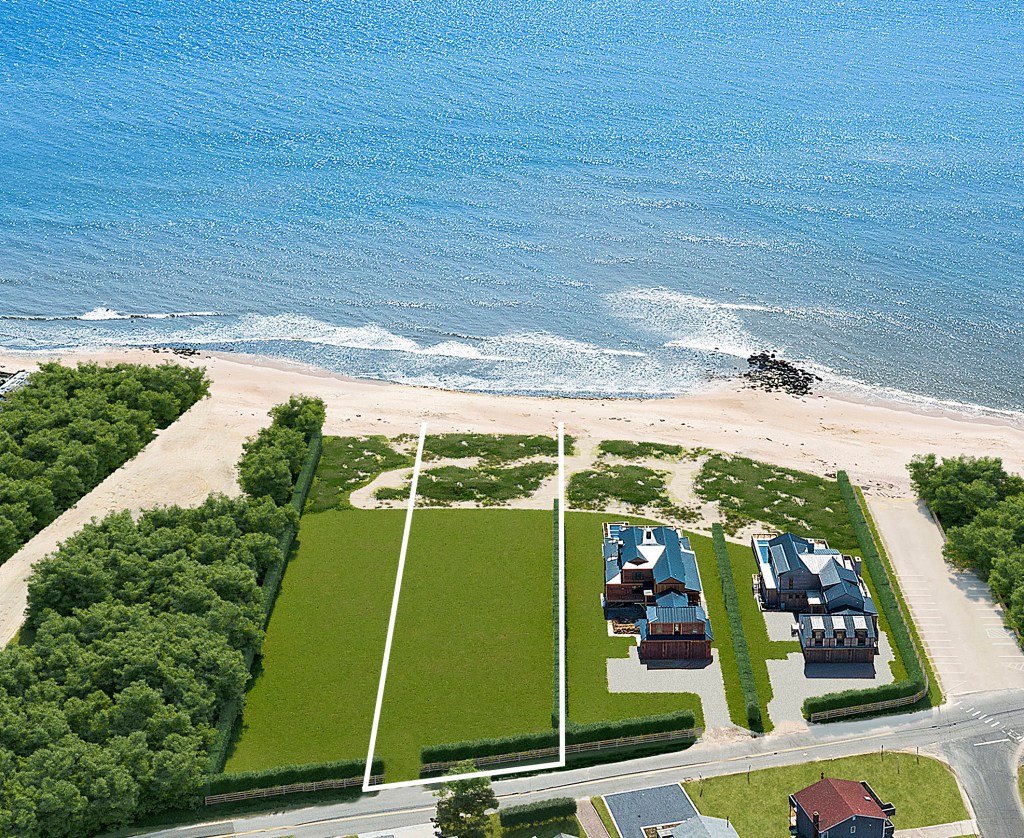Pond Bacteria Boosted By Animals

This is one can’t be blamed on ducks and geese.
Preliminary study results of Georgica Pond in Wainscott found spikes in fecal bacteria within two of its tributaries can be attributed to dogs, and potentially several other mammals including cats and rodents, according to a press release issued by the Friends of Georgica Pond Foundation last Friday.
The Gobler Laboratory of Stony Brook University School of Marine and Atmospheric Sciences found that animal, not human-derived fecal bacteria dominated the inventories within the Georgica Pond tributaries, with dog, and potentially cat and rodent waste, prevailing as the top contributors. The mammals’ waste averaged 67 percent of the total bacteria collected from the pond during the lab’s study.
Bird waste did follow in a close second, though, accounting for 24 percent of the bacteria collected from the pond, followed by deer waste, which accounted for six percent. Human-derived bacteria made up less than five percent of the total amount of bacteria collected from the pond.
Road runoff was implicated as the “primary delivery pathway” of the bacteria, according to multiple lines of evidence within the report, such as spikes in bacteria following rainfall events, and “differing relative abundance” of bacterial groups within tributaries with differing connectivity to roadways, according to the release.
Helmed by Dr. Chris Gobler, the lab used cutting-edge DNA-based microbial source tracking techniques to identify the bacteria sources and were quantified across multiple tributaries of Georgica Pond.
During the study, high levels of bacteria were detected in both Talmage Creek, which is located in the northwest corner of the pond, and Georgica Cove, in the southeast corner of the pond, areas that are located adjacent to roads and receive direct road runoff from stormwater drainage pipes.
The bacteria levels are amplified after rainfall events and were first documented by the Surfrider Foundation and then verified by the Gobler Lab.
The pond’s open waters have low-to moderate levels of pathogenic bacteria.
Surveys of the pond’s waters were performed spatially, seasonally, and in response to large rainfall events, so that the bacteria and their sources could be properly assessed.
Other contaminants common in stormwater runoff, which flows over roads, parking lots, driveways and lawns, are motor oil, sediment, garbage including plastics and fertilizer and pesticides, however, they are not considered major contributors to nitrogen pollution in the pond.
Dr. Gobler said “actions to divert runoff” to the pond’s tributaries should be a “top priority of the responsible governmental agencies.”
Sara Davison, executive director of Friends of Georgica Pond Foundation, Inc., credited the Village of East Hampton and the Town of East Hampton for initiating an engineering study of a drainage pipe feeding into Georgica Cove. However, she said a “major project to redesign” the rest stop north of the pond “is warranted.”
The study will continue into 2018.
peggy@indyeastend.com



